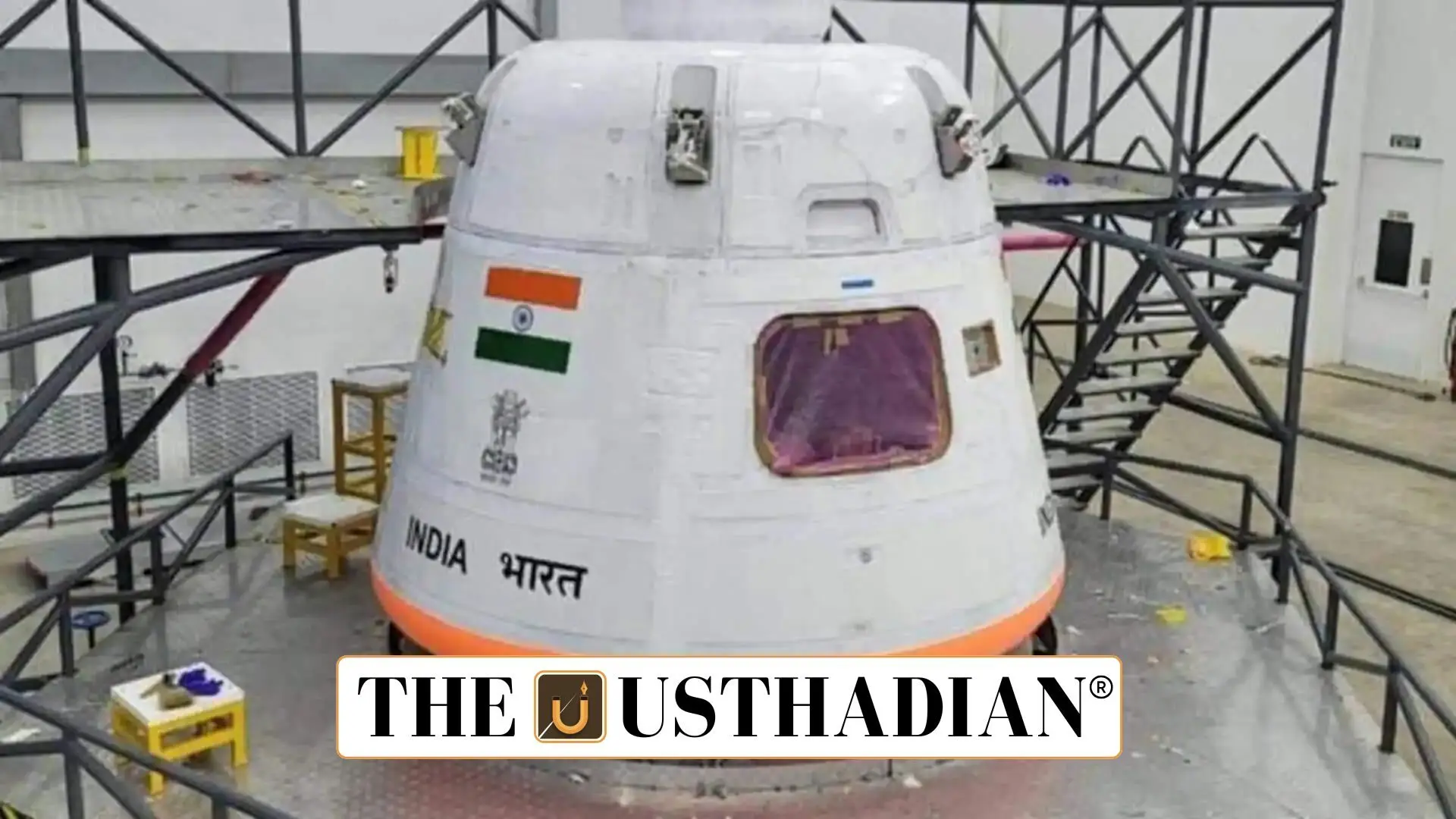Gaganyaan prepares for human spaceflight
ISRO validates propulsion system for Gaganyaan with successful hot tests: On July 3, 2025, the Indian Space Research Organisation (ISRO) conducted two crucial hot tests of the Service Module Propulsion System (SMPS), a key component of its Gaganyaan mission, at the Propulsion Complex in Mahendragiri, Tamil Nadu. These tests represent a vital checkpoint in India’s first crewed spaceflight program.
ISRO officially released the test results on July 8, confirming that the propulsion system performed reliably under simulated flight conditions.
What is SMPS and why it matters
The Service Module Propulsion System is part of the Orbital Module of the Gaganyaan spacecraft. It is designed to handle multiple mission-critical operations including orbital insertion, trajectory correction, and abort maneuvers for crew safety.
The system includes:
- 5 Liquid Apogee Motors (LAMs), each producing 440 Newtons of thrust
- 16 Reaction Control System (RCS) thrusters, each delivering 100 Newtons
- Capability to operate in both steady-state and pulsed modes
Static GK fact: The use of LAMs in Indian space missions dates back to INSAT-3C, launched in 2002, where they were used for orbit raising.
Details of the July 3 hot tests
Two tests were performed:
- A 30-second short-duration test
- A 100-second long-duration test
Both tests evaluated the propulsion system’s behavior under real flight-like conditions. According to ISRO, all performance parameters matched predictions, establishing the robustness of the design.
Significance of the 100-second integrated firing
The longer test was especially critical. It demonstrated:
- Simultaneous operation of all 16 RCS thrusters
- Full activation of all 5 LAM engines
- Operation in both steady and pulsed firing modes
This proves the propulsion system can operate as intended during orbital maneuvers and emergency scenarios—key for a successful human mission.
Static GK Tip: The SMPS plays a similar role to NASA’s Service Module on Apollo missions, which handled life support and propulsion during flight.
Development and design oversight
The propulsion system is developed by ISRO’s Liquid Propulsion Systems Centre (LPSC). Engineers have made refinements over time, incorporating feedback from earlier test cycles.
For this round of tests, the hardware closely resembled the final flight model. This boosts ISRO’s confidence as it prepares for full-duration qualification tests in the coming months.
Gaganyaan mission enters final stages
The Gaganyaan programme aims to send a three-member crew into Low Earth Orbit (LEO) for a mission duration of up to 7 days. It marks India’s entry into the league of nations capable of independent human spaceflight.
These successful hot tests bring ISRO one step closer to the historic launch. With the SMPS now proven under test conditions, focus shifts to integrated vehicle trials and astronaut training.
Static GK fact: Only three countries—USA, Russia, and China—have independently launched humans into space so far. India is set to become the fourth.
Static Usthadian Current Affairs Table
| Topic | Detail |
| Test Date | July 3, 2025 |
| Location | ISRO Propulsion Complex, Mahendragiri, Tamil Nadu |
| System Tested | Service Module Propulsion System (SMPS) |
| Number of LAMs | 5 (each 440 N thrust) |
| Number of RCS Thrusters | 16 (each 100 N thrust) |
| Test Durations | 30 seconds and 100 seconds |
| Development Centre | Liquid Propulsion Systems Centre (LPSC) |
| Gaganyaan Orbit Target | Low Earth Orbit (LEO) |
| Astronaut Capacity | 3-member crew |
| Comparable Nations | USA, Russia, China |








